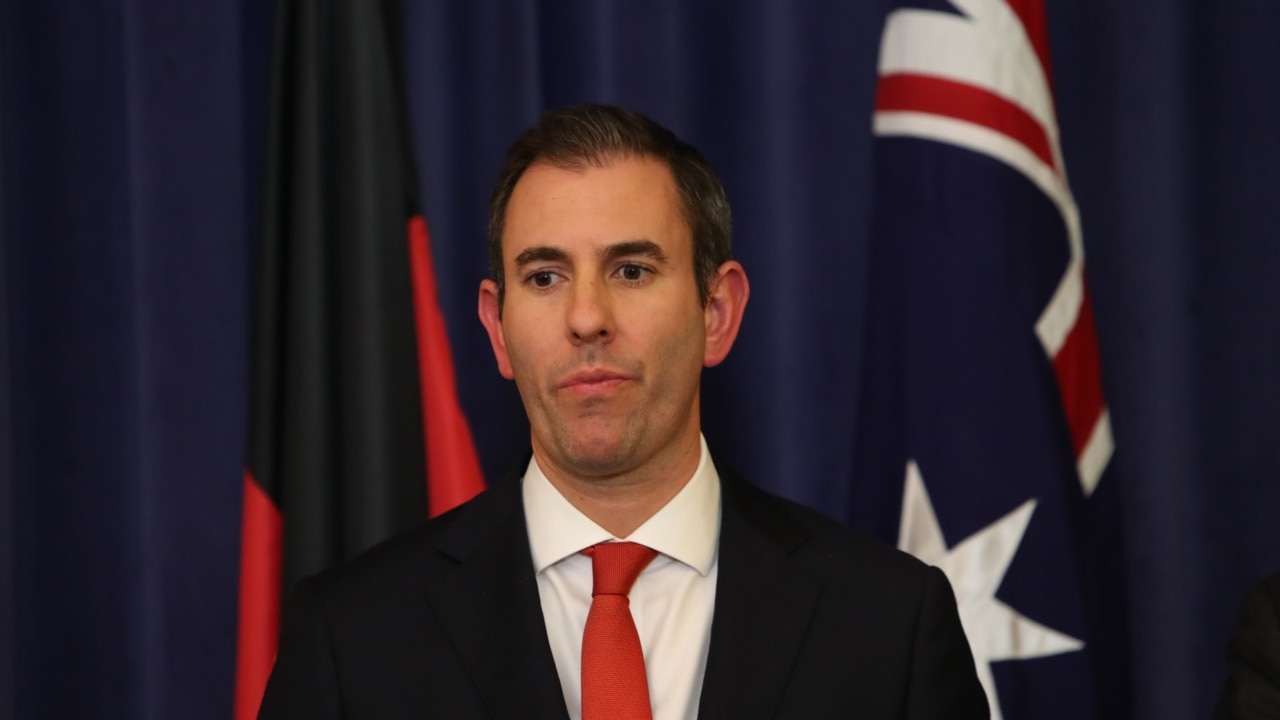APRA-regulated super funds lost ground in 2022 while SMSFs made gains
The latest APRA superannuation bulletin shows SMSFs boosted assets in fiscal 2022, while super funds backtracked.

The nation’s retirement pot barely moved in the 2022 financial year, with the dominant APRA-regulated funds losing ground as markets took a hit from higher inflation, rising rates and war in Europe.
Total superannuation assets moved just 1 per cent higher over the 12 months through to June 30, to $3.34bn.
But the self-managed super fund sector managed to grow assets by $47bn over the year – more than offsetting the $8bn lost by the bigger super players, according to APRA’s latest superannuation bulletin.
All up, APRA-regulated funds closed out June 2022 sitting on $2.26bn in assets, while SMSFs held a total $870bn in retirement savings.
Within the APRA-regulated domain, MySuper assets went backwards, slipping from $901bn in June 2021 to $881bn a year later. MySuper is the default option given to workers who don’t specify a super product when joining a fund.
The average MySuper account balance also backtracked through the year, dropping from $59,768 in June 2021, to $58,742 a year later.
Chant West investment research manager Mano Mohankumar said the decline in assets was a result of turbulent markets through the year.

“That particular financial year wasn’t a very good one for listed shares, REITS or even traditional fixed interest. So you can really attribute that fall in dollars to investment market movements,” Mr Mohankumar said.
Over the course of the year, Australian shares fell 6.8 per cent, international shares plunged 12.4 per cent on a hedged basis and 8.1 per cent unhedged.
Australian bonds fell 10.5 per cent and global bonds were down 9.3 per cent. REITS tumbled 10 per cent.
The median balanced fund dipped 3.2 per cent for the financial year, Mr Mohankumar said.
“That’s really not that bad a result, given the big declines in shares and bonds,” he said.
SMSF Association Deputy CEO Peter Burgess put the improved performance across SMSFs down to more conservative portfolios and a bump in the number of savers shifting from mainstream funds to the self-managed sector.
“There has been a spike in the number of self managed super funds that have been established over the last few years in particular.
“And that’s not unusual. When we see volatility and uncertainty in the markets, people tend to want to take more control. So it’s not unusual to see the number of SMSFs increasing,” he said.
“The other factor is SMSFs typically have a more conservative asset allocation, given the higher proportion of members in the pension phase. So when markets fall, you typically would see SMSFs outperform.”
While super funds experienced losses during the year, industry funds stood out as a positive, growing assets by 8 per cent to $616bn, despite a decline in net investment income. Inflows also surged over the 12 months.
The nation’s largest industry super fund took the bulk of the inflows through the year, adding a total $25bn in net inflows, according to a research paper by superannuation think tank The Conexus Institute.
Australia’s second largest fund, the $230bn Australian Retirement Trust (ART), also showed net inflows, but at a smaller scale: the fund took in $5bn over the year.
Retail funds, meanwhile, ended the year on a negative note, with investment performance to blame as inflows largely matched outflows through the year, according to the APRA data.
The Conexus Institute research found that traditional retail wealth management groups such as AMP, Insignia, BT Super and CFS all had net outflows during the year.








To join the conversation, please log in. Don't have an account? Register
Join the conversation, you are commenting as Logout